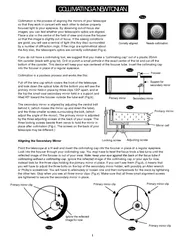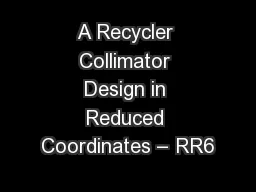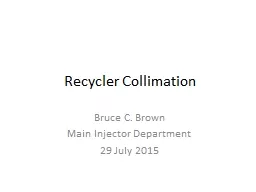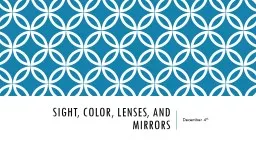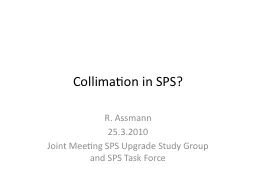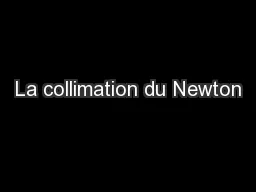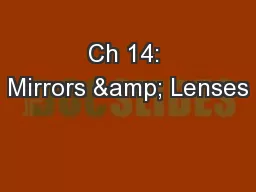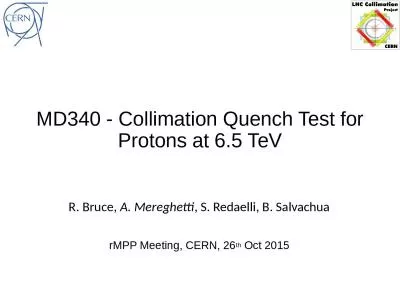PDF-Collimation is the process of aligning the mirrors of
Author : test | Published Date : 2015-05-17
By observing outoffocus star images you can test whether your telescopes optics are aligned Place a star in the centre of the field of view and move the focuser
Presentation Embed Code
Download Presentation
Download Presentation The PPT/PDF document "Collimation is the process of aligning t..." is the property of its rightful owner. Permission is granted to download and print the materials on this website for personal, non-commercial use only, and to display it on your personal computer provided you do not modify the materials and that you retain all copyright notices contained in the materials. By downloading content from our website, you accept the terms of this agreement.
Collimation is the process of aligning the mirrors of: Transcript
Download Rules Of Document
"Collimation is the process of aligning the mirrors of"The content belongs to its owner. You may download and print it for personal use, without modification, and keep all copyright notices. By downloading, you agree to these terms.
Related Documents

